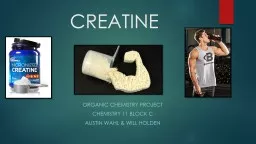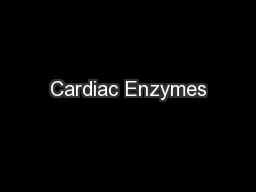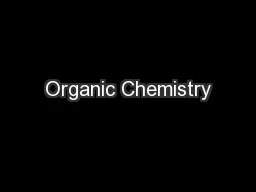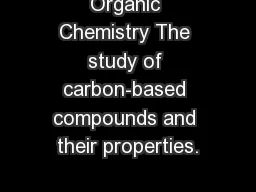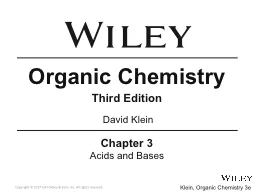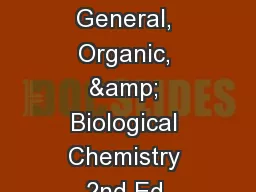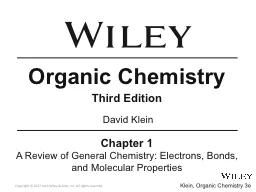PPT-CREATINE Organic Chemistry Project
Author : conchita-marotz | Published Date : 2018-09-19
Chemistry 11 block c Austin wahl amp Will Holden History Of Creatine In 1832 French philosopher and scientist Michel Eugene Chevreul became the first man to successfully
Presentation Embed Code
Download Presentation
Download Presentation The PPT/PDF document "CREATINE Organic Chemistry Project" is the property of its rightful owner. Permission is granted to download and print the materials on this website for personal, non-commercial use only, and to display it on your personal computer provided you do not modify the materials and that you retain all copyright notices contained in the materials. By downloading content from our website, you accept the terms of this agreement.
CREATINE Organic Chemistry Project: Transcript
Download Rules Of Document
"CREATINE Organic Chemistry Project"The content belongs to its owner. You may download and print it for personal use, without modification, and keep all copyright notices. By downloading, you agree to these terms.
Related Documents

